SEGA’s Astonishing GameCube Rebound Following Defeat In The Console Wars
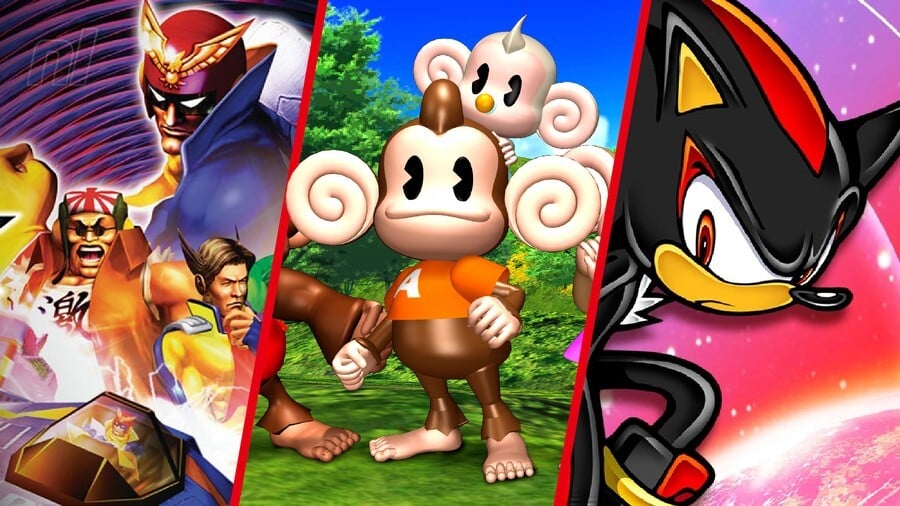
For gamers old enough to remember the turn of the century, the console landscape looked very different from how it does today. Everyone was excited for the PlayStation 2 and Nintendo was getting the GameCube ready to succeed the Nintendo 64. Microsoft’s Xbox was also in development but much of the focus was on Sega and its continuing demise following poor sales of the Dreamcast after its famous launch on 9/9/99. It seemed the game was up when, in January 2001, Sega announced it would be abandoning the console market to concentrate on third-party software development.
Many predicted that Sega would collapse under the financial pressures and be consigned to gaming history. However, something remarkable happened and the once giant of console gaming quickly reinvented itself to become a successful third-party software developer.
Sega would go on to make games for all its former rival’s consoles and build lasting relationships that continue to this day. One of the most successful partnerships was with Nintendo and Sega found a new lease of life with a succession of quality titles for the GameCube.
Getting the monkey off Sega’s back
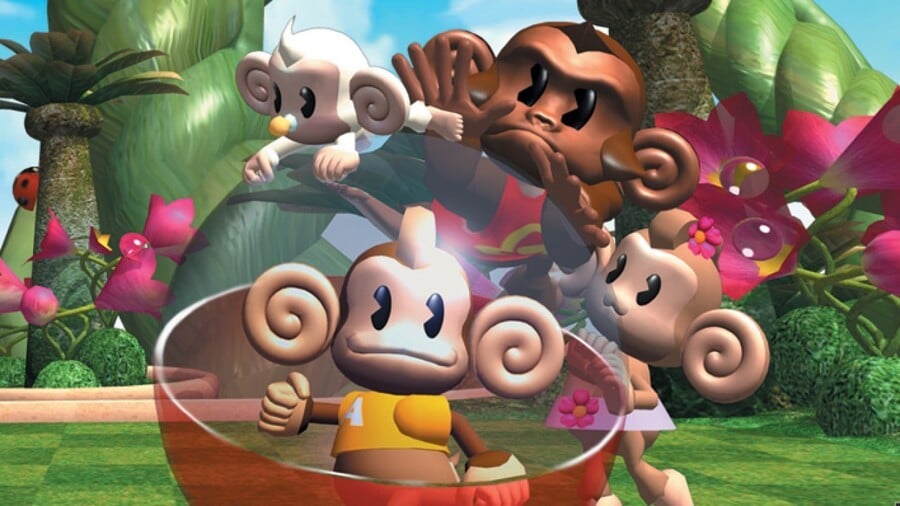
In May 2001 Sega put out a press release confirming that seven games were in development for the GameCube and the first three of these would be Super Monkey Ball, Virtua Striker 3 Ver. 2002 and Phantasy Star Online. Super Monkey Ball had started life as a popular arcade game in Japan with a console port ready in time for the launch of the GameCube. It was a big hit and gamers, who just six months prior were writing Sega off, were excitedly buying copies of the party game along with their sparkly new ‘Cubes in late 2001.
With its interesting mix of physics-based gameplay and manic multiplayer action, Sega had found a new audience almost overnight. Super Monkey Ball fits neatly into the family-friendly, loveable characters, and accessible gameplay that Nintendo is known for. Super Monkey Ball was received well by gamers and critics and put Sega and Nintendo’s partnership in the spotlight. The series would stay a Nintendo exclusive until 2005 and is now up there with Sega’s most fondly-remembered franchises. Had Super Monkey Ball failed, it may have meant the end of Sega but heading into 2002 there was a lot more to come.
The company would also look to traditional action-adventure titles to bring its software style to GameCube. One example, Spartan: Total Warrior, took classic melee combat and added a dose of strategy to deepen the gameplay. Others, such as the excellent Samurai Jack: The Shadow of Acu, fitted neatly into the console’s range of cartoon-inspired family games.
While Sega would still develop arcade games during GameCube’s life, these releases show how quickly it was evolving to develop deeper, story-driven titles that gamers were starting to look for at the time.
Sonic Team flies the flagship
When considering the success Sega had on GameCube, Sonic Team was certainly the main catalyst. After the Dreamcast was discontinued, the flagship studio quickly regrouped and started to develop ports of major Sonic games.
The first of these was 2001’s Sonic Adventure 2: Battle which added multiplayer modes, upgraded textures and several new gameplay features. It was an instant success and sold 1.7 million copies worldwide. It was followed up in 2003 by a reworking of the original Sonic Adventure that again added many new features.
Sonic Team continued the trend of using older Sonic games and released two compilations featuring classic ’90s titles. Sonic Mega Collection included all the Mega Drive games while Sonic Gems Collection featured three more obscure titles as well as the complete Game Gear series.
Two new games, Sonic Heroes and Shadow the Hedgehog, had some success on GameCube but were not received as well as Sega might have hoped. Sonic Heroes was criticised for poor camera control while Shadow’s game was a huge departure from the classic Sonic formula of fast-paced platforming, with the titular hedgehog famously toting guns in the game.
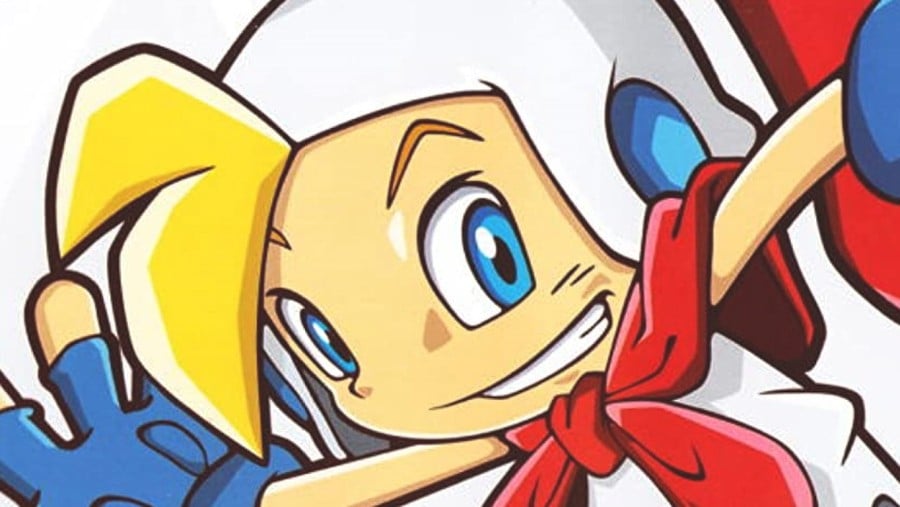
While we must acknowledge the impact of Sonic, other Sega properties developed by Sonic Team are just as important to the story of the company’s successful transition onto other platforms. Games such as Billy Hatcher suited Nintendo’s cute-character, family-friendly image. And although it only sold 250,000 copies, its excellent graphics and tight gameplay garnered a nomination for a British Academy Gaming Award. The puzzle game Puyo Pop Fever further diversified Sonic Team’s offerings as it blazed a trail for Sega on GameCube.
The team also developed Phantasy Star Online, an online RPG that originated on Dreamcast. It’s notable for being the first MMO title for consoles and was only one of three games that took advantage of GameCube’s online capabilities. There were three episodes released across two games and Sega ran the servers until 2007. But what makes this even more special is you can still play all three episodes today through fan-made servers. The community remains thousands strong and GameCubes around the world are still connected to the internet, all thanks to Phantasy Star Online.

An interesting, oft-forgotten part of Sonic Team’s GameCube history is how it embraced the console’s connectivity with Game Boy Advance. The Game Boy Advance Cable connects the handheld directly to the GameCube, enabling data and downloadable minigames to be sent through to the portable and back to the ‘Cube. Sonic Team linked many games from its GC/GBA lineup, with perhaps the most famous example being the Chao Garden from Sonic Adventure.
Sega Sports score some hits
Sega was once a big player in the sports genre with many arcade-style releases and this continued during GameCube’s first few years.
Sega’s popular 2K series used official licenses from MLB, NBA, NHL, and NFL in fast-paced, arcade-style sports games. These titles were positioned as alternatives to the simulations from publisher EA Sports with a focus on fun over realism. Fans of Sega’s football games were not left out either as a GameCube port of the arcade game Virtua Striker 3 added features and gameplay modes.
Although most of Sega’s sports titles at this time were on all consoles, there was room for a GameCube exclusive, too. Beach Spikers: Virtua Beach Volleyball launched in 2002 and was ported from, you guessed it, the original arcade game. This two-on-two volleyball game received positive reviews on release and arguably deserved to be more of a hit. The GameCube port added an RPG system that allowed players to accumulate points as they progressed, which were used to upgrade team performance or purchase items that customise the team’s appearance.
These arcade games show how Sega hadn’t fully broken from its arcade roots. It needed to develop sports games that would appeal to the console market to stand any chance of success as a third-party publisher. Sega Soccer Slam was an arcade-style football game that threw all the rules out in favour of party-style antics. It featured wacky gameplay mechanics similar to Super Mario Strikers, with special moves and smaller pitches. The over-the-top cartoon graphics and outlandish characters felt right at home on Nintendo’s console and Sega was finally finding ways to appeal to Nintendo fans.
Back in the driver’s seat
Arcade racing games were synonymous with Sega during the ’80s and ’90s. Classics such as Out Run and Daytona will live long in the memory of those that love cruising under blue skies and competing for the fastest times.
Sega continued to release driving games into the GameCube era, with mixed results. One success was 18 Wheeler American Pro Trucker which replaced fast cars with trucks. The aim to reach the depot before the timer runs out and avoid the oncoming traffic created frantic gameplay. While fun, it was a short arcade game and Sega would need to diversify again to keep pace.
One racing title that dared to be different but was ultimately left in first gear was Sonic Riders. It mixed futuristic racing with snowboarding while adding a typical Sonic story. It was fast-paced and had that classic Sega audio-visual aesthetic that many gamers pine for.
Although it sold well, likely because it had Sonic on the box, critics were less than impressed with the sloppy controls, blurriness of those bright visuals, and its confusing gameplay. However, for all its faults, Sonic Riders showed that Sega was using its properties in new ways and developing different stories and console games with more longevity.
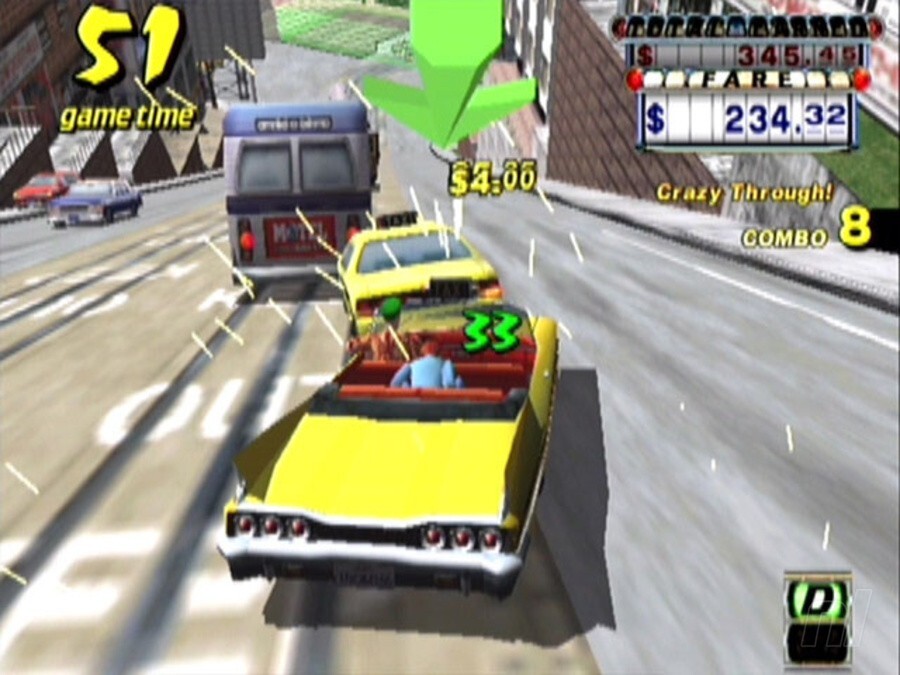
Crazy Taxi, one of Sega’s most popular franchises at the time, was released for GameCube in 2001. Well-known for its punk rock soundtrack featuring The Offspring, its appropriately crazy gameplay sees you dash around a city picking up fares as fast as possible. The GameCube version is a direct port from the Dreamcast and only offers a few extras above the standard arcade mode. However, this was one of Sega’s first releases as a third-party publisher, and an early GameCube title. It runs well and is an indication of just how quickly Sega’s development teams adapted to porting to other platform holders’ systems.
We have, of course, left one of the best Sega games on GameCube until the very final straight. F-Zero GX started out as an arcade game called F-Zero AX developed by Sega, Namco, and Nintendo using the Triforce arcade board. The game was then ported in 2003 and brought all of Sega’s arcade racing know-how to one of Nintendo’s most beloved franchises.
F-Zero GX is brutally tough and features excellent track design and lightning-fast gameplay from the previous entries in the series. This was the first developmental collaboration between Sega and Nintendo and the start of a great partnership.
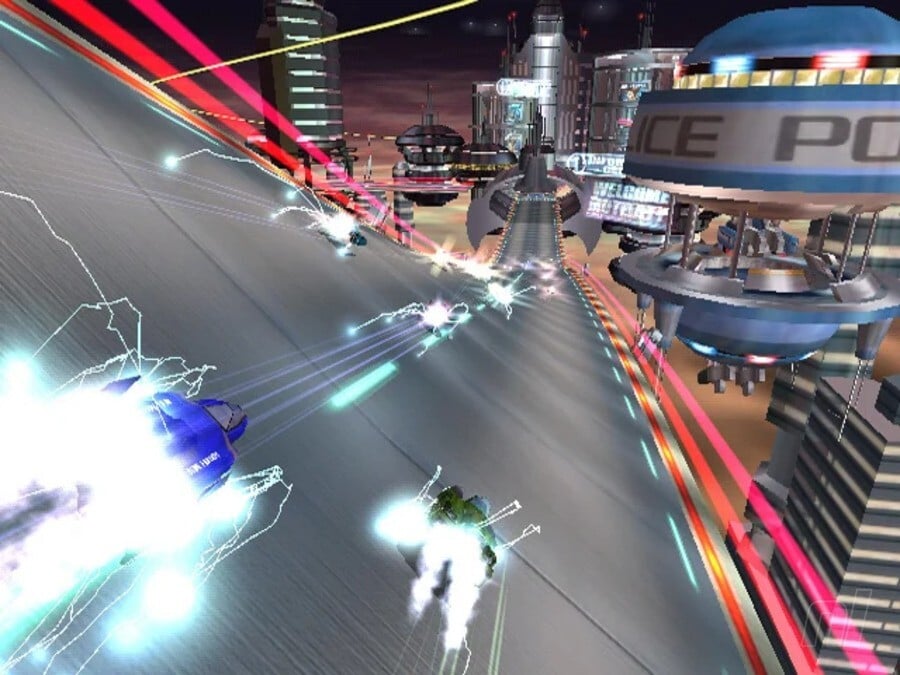
Considering they were bitter console war rivals just a few years earlier, Sega’s pragmatic approach and sheer success so early on in its transition away from its own hardware is all the more impressive. Sega did the impossible by crashing out of the console market and rebuilding as a third-party developer almost overnight. It was rocky in the early years, its arcade roots ran deep, and the company had to work hard to develop games that were suited to the modern gaming landscape.
Sonic was, of course, a big driver of its initial success but new IPs like Super Monkey Ball and Billy Hatcher have built up their own cult followings. These cute characters and family-friendly games helped Nintendo fans quickly fall in love with Sega.
And just look now. Mario and Sonic meet up in the same games these days! It’s a funny old world.
And to finish, 5 must-play SEGA GameCube games (without Sonic)











